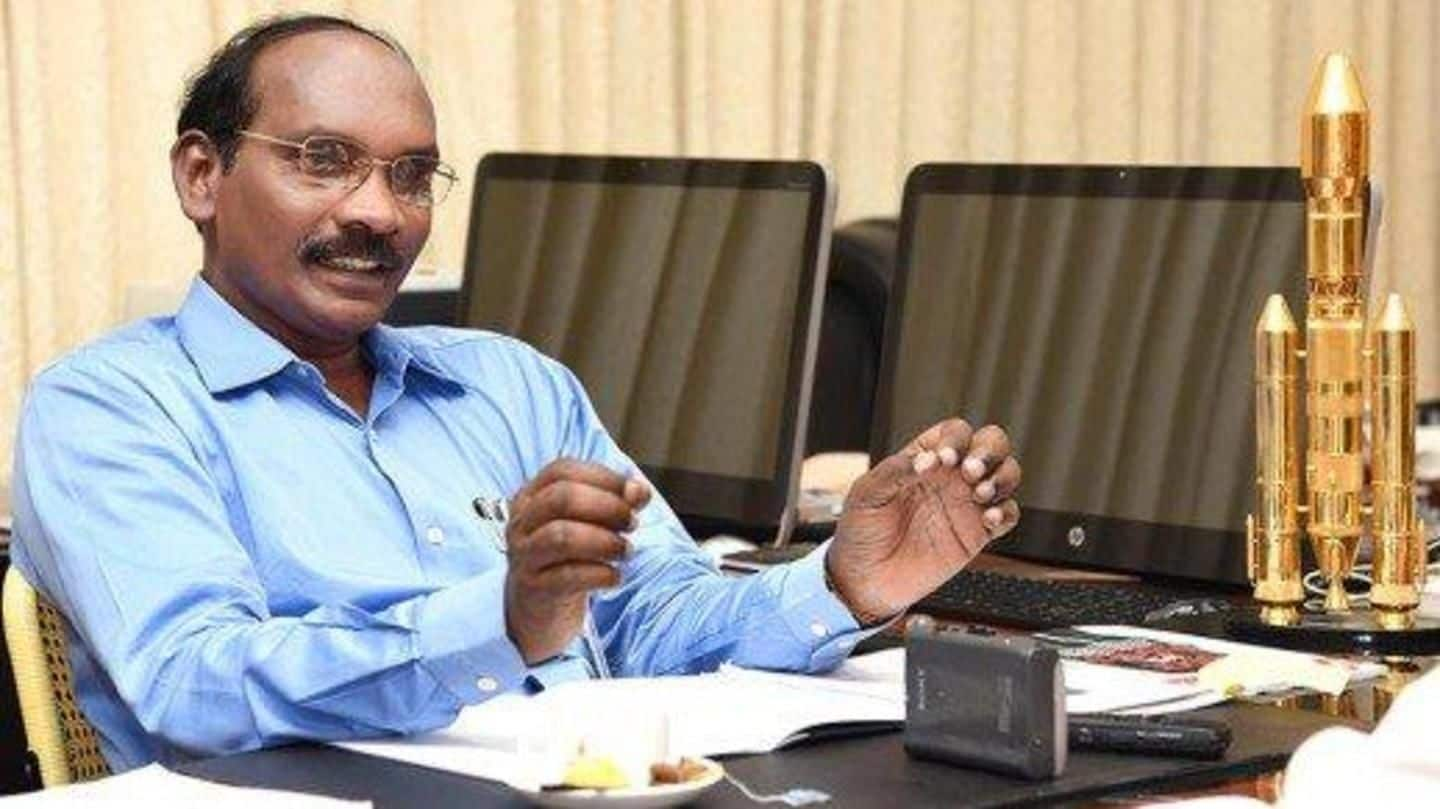
ISRO bracing up for busy year, 'Chandrayaan-2' among lined-up missions
What's the story
ISRO Chairman K Sivan on Thursday said the space agency was bracing up for a busy year during which it has lined up several missions, including its important "Chandrayaan-2". In the next eight months, Indian Space Research Organisation (ISRO) has nine missions, Sivan said after the successful launch of the IRNSS-1I navigation satellite at the Satish Dhawan Space Centre in Sriharikota.
Missions
Major mission Chandrayaan-2 to be launched by year end
Built for a ten-year job in space, IRNSS-1I is expected to be ready for work in about a month after routine orbit maneuvers and tests. "We have a lot more missions on the anvil. In the next eight months, we're going to have nine missions. We're going to have GSAT, PSLV missions and towards the year end we've the major mission Chandrayaan-2," Sivan said.
Plans
ISRO has plans for 5.7-tonne GSAT-11 mission
There were plans for the 5.7-tonne GSAT-11 mission, a throughput satellite using Arianne rocket, Sivan said, adding that it would be the heaviest satellite the space agency has made so far. "This apart, there would be GSLK-Mk3-D2, which is going to launch GSAT-29. Then we are going to have a host of GSLV missions like DigiSat and high-resolution remote sensing satellites," he said.
Technology
Future missions to have technology demonstration
"We have another GSLV mission, which is going to have GSAT-7A. Then we have Chandrayaan-2 mission in October period. Along with that, we have technology demonstration for future missions," Sivan said. The NavIC constellation is really going to create history and make innovative applications to the entire community in the ocean-based services especially for the underserved and unserved, he said.
NavIC
IRNSS is a constellation of seven satellites
The Indian Regional Navigation Satellite System (IRNSS) is a constellation of seven satellites that provides indigenously developed regional GPS services called NavIC. "Very recently using the NavIC applications we have created an app that will be released very soon. I request industry and institutions to come forward to take these applications to the user community," the ISRO chief said.
Information
Chief Sivan lauded the team's tireless effort
Lauding the team's effort to make the PSLV-C41/IRNSS-1I a success after a major GSLV mission, Sivan said, "Today is really a wonderful day for all of us. We have achieved a precise mission. After a major GSLV mission, 14 days back, we've successfully launched IRNSS-1I."
The vehicle
ISRO had adopted a new technology for the launch vehicle
For the launch vehicle, ISRO had adopted a new technology, which would help improve the productivity and enhance the capability of the vehicle. Underlining the significance of navigation satellites, Sivan said ISRO was looking for innovative, cost-effective position-based services to India, which would have numerous applications. Navigation satellites are meant to give position information, combining applications like locating fishermen, and during times of disaster.
Quote
Entire ISRO community worked tirelessly to achieve the mission: Sivan
Sivan said, "I must congratulate the entire ISRO team for this wonderful achievement. Essentially in the last 14 days, the entire ISRO community worked tirelessly to achieve this mission."
GSAT-6A satellite
GSAT-6A satellite located; its movements being tracked
On the status of the recently launched GSAT-6A satellite that lost communication link soon after it was put into orbit, Sivan said the space agency was able to locate the satellite and track its movements. "Engineers were working 24X7 and had been able to locate the satellite. This is a positive step. This gives additional hope that we can establish link," he added.